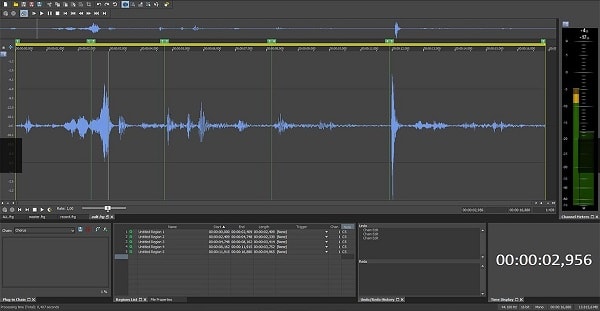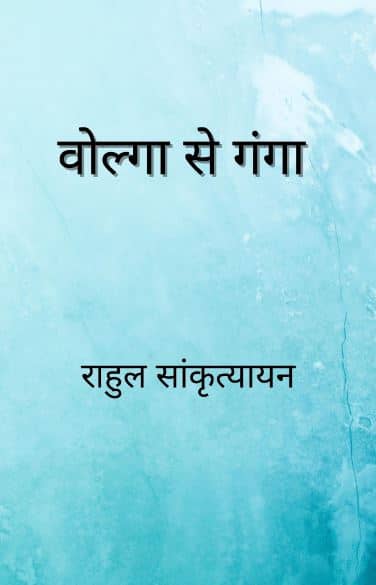


A general strike swept the city, and the young Hindu reformist was impressed by the strength of anticolonial resistance. In 1919, when nationwide protests erupted against the Rowlatt Act – a piece of imperial legislation that allowed for non-jury trials – Sankrityayan was living in the Arya Samaj stronghold of Lahore. He spent the next years wandering the subcontinent as an ascetic, adopting a number of different aliases. Rejecting both his child marriage and his family’s attempt to prime him for a career in colonial administration, he left home at an early age – motivated by a desire to study the Vedanta, one of the six schools of Hindu philosophy. Rahul Sankrityayan (born Kedarnath Pandey) came from a family of farmers in eastern Uttar Pradesh.
#Volga se ganga tak pdf series#
Thus began a series of tumultuous changes in Sankrityayan’s own life, thrusting him into the nationalist fold of the Congress Party before remaking him as a Buddhist monk and communist peasant leader, whose intellectual and political activity took him as far as Tibet and Iran, the Soviet Union and Sri Lanka. It was at one of Samaj’s newspaper offices that Sankrityayan began to pore over the scattered news fragments, piecing together a narrative of the events transpiring in distant Russia. By 1917, he was drifting closer to the Arya Samaj, a Hindu reform movement that rejected the ritualistic trappings of the religion for a primordial Vedic identity. The 24-year-old Brahmin had already fled from two different Hindu monasteries and turned down an offer to become the future mahant (chief priest) at the famous Uttaradhi Math. Yet these snippets drew the attention of Rahul Sankrityayan, a young Vaishnava sadhu who had become disenchanted with the cloistered world of Hindu asceticism. Newspaper reports were allowed to run for no more than two or three sentences. In colonial India, news of the Russian Revolution was widely censored by British authorities.


 0 kommentar(er)
0 kommentar(er)
